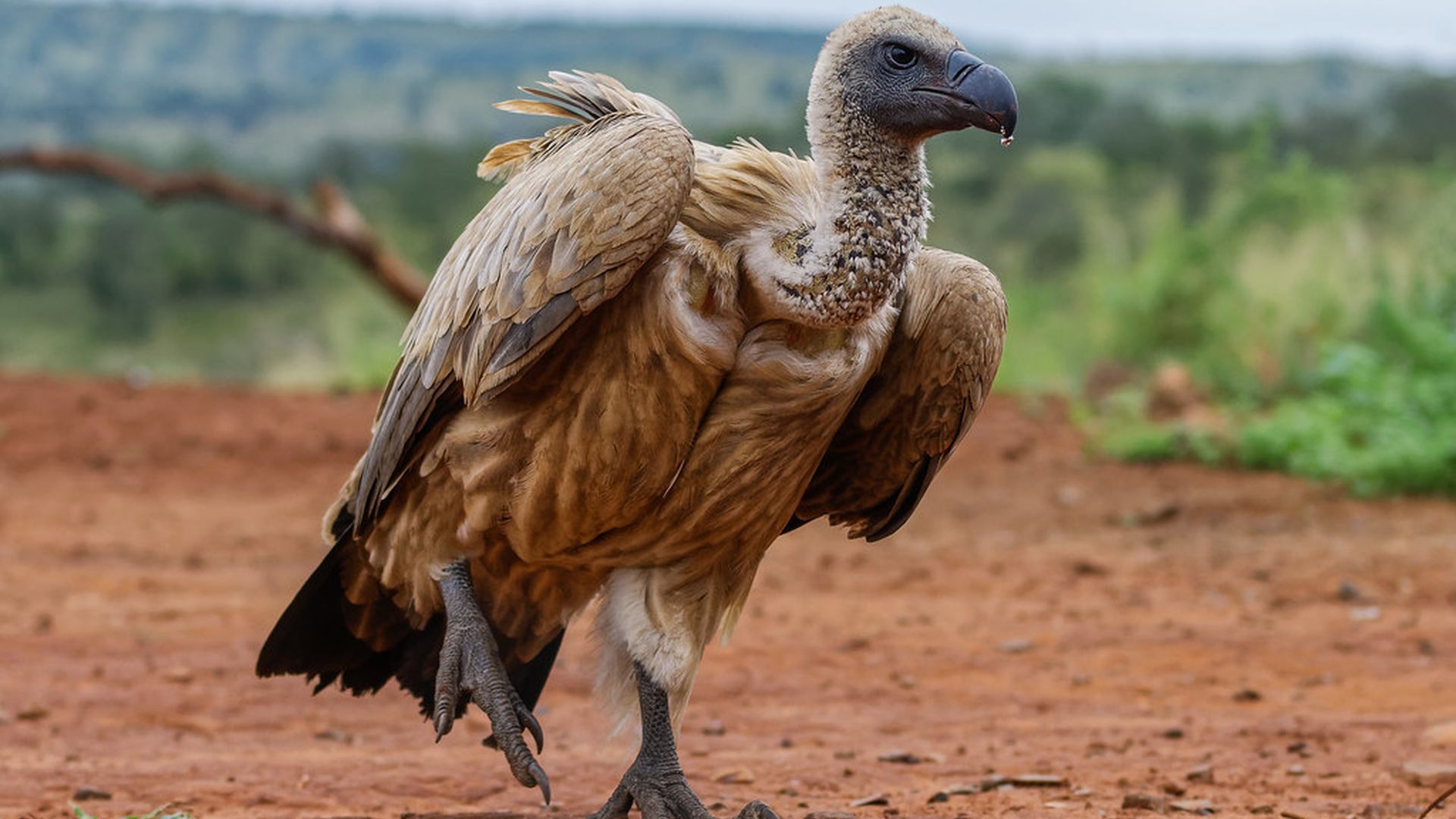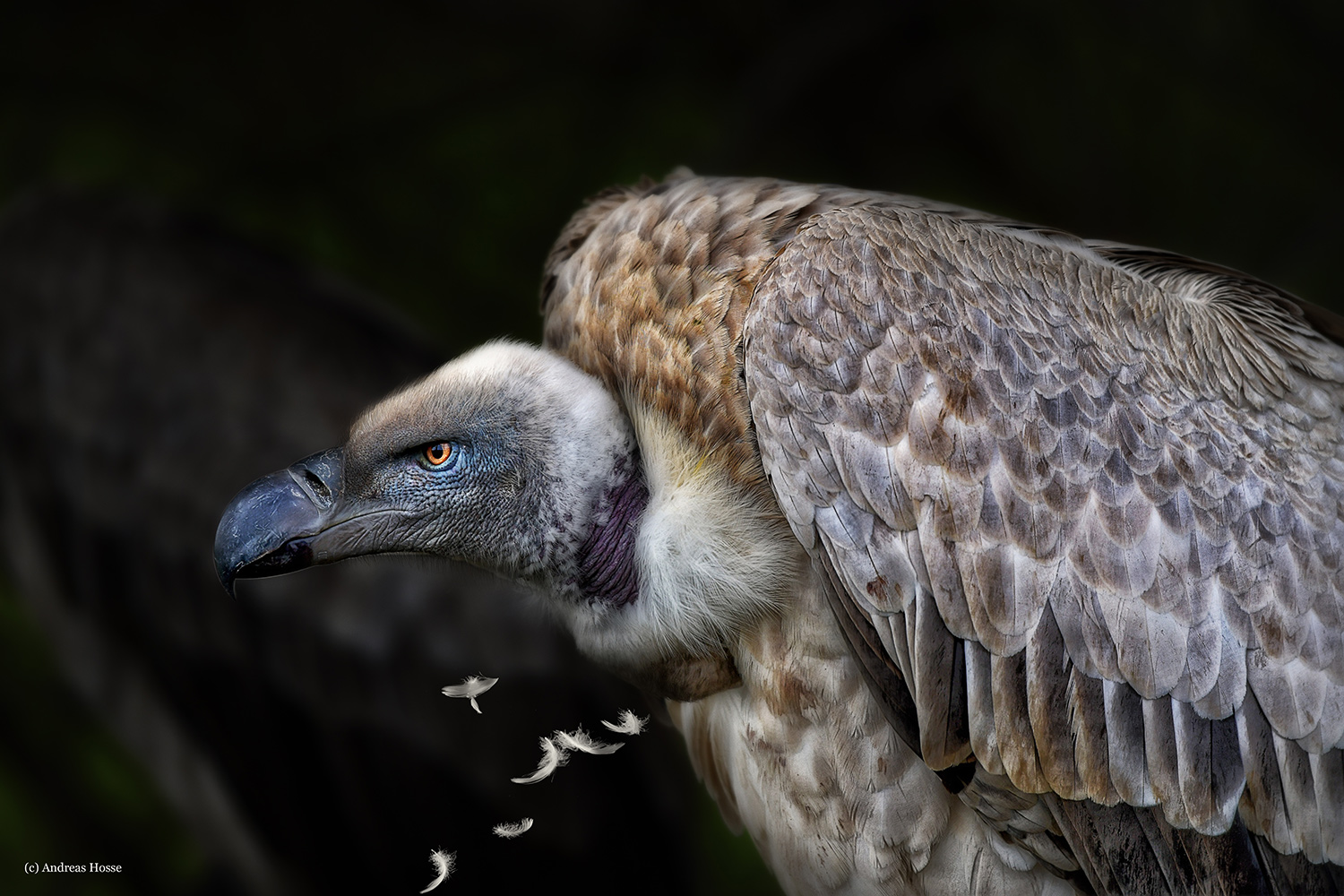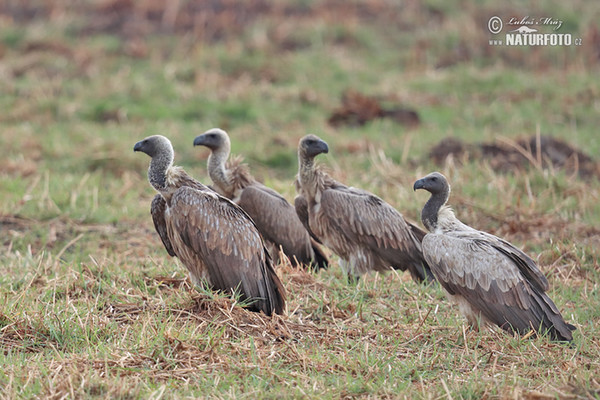The White-backed Vulture: Gyps Africanus
Share
The White-Backed Vulture, scientifically known as Gyps africanus, is a remarkable bird of prey belonging to the family Accipitridae. This species is a vital component of the ecosystems in which it resides, playing a crucial role in scavenging and maintaining the balance of nature. In this article, we will explore the taxonomy, physical characteristics, habitat, diet, behavior, reproduction, and conservation status of the White-Backed Vulture, providing a comprehensive overview of this fascinating bird.

Taxonomy
The White-Backed Vulture is classified under the following taxonomic hierarchy:
- Order: Falconiformes
- Suborder: Accipitres
- Family: Accipitridae
- Subfamily: Accipitrinae
- Species: Gyps africanus
- Type: Gyps africanus Salvadori, 1865
This species was first described in 1865 by the ornithologist Salvadori, with its type locality being Sennar, Sudan. The range of the White-Backed Vulture extends from Senegal in the west, east to Sudan and Ethiopia, and south through eastern Africa to Zululand and the Vaal River, reaching west through Rhodesia (Zimbabwe) to southern Angola.
Physical Characteristics
The White-Backed Vulture is a large bird, characterized by its impressive wingspan and distinctive plumage. Adults typically measure between 70 to 90 cm in length, with a wingspan that can reach up to 2.6 meters. The most notable feature is its white back, which contrasts sharply with its dark brown body and head. The head is relatively small and bald, an adaptation that helps keep the bird clean while feeding on carrion.

Habitat
White-Backed Vultures inhabit a variety of environments, primarily preferring open savannas, grasslands, and woodlands. They are often found near water sources, which provide essential hydration and attract potential food sources. These vultures are highly adaptable and can thrive in both protected areas and agricultural landscapes, although they are increasingly threatened by habitat loss due to human activities.

Diet
As scavengers, White-Backed Vultures primarily feed on the carcasses of dead animals. Their diet consists mainly of large mammals, such as antelopes, zebras, and livestock. They have excellent eyesight, allowing them to spot carrion from great distances. Once they locate a food source, they often gather in large groups, sometimes alongside other scavengers like hyenas and jackals, to feed on the remains.

Behavior
White-Backed Vultures are social birds, often seen soaring in thermals or congregating around food sources. They communicate through a series of hisses and grunts, especially during feeding. These vultures are known for their impressive flying abilities, utilizing thermal updrafts to conserve energy while searching for food. They are also known to engage in courtship displays, which include aerial acrobatics and mutual preening.

Reproduction
The breeding season for White-Backed Vultures typically occurs during the dry season. They build large nests made of sticks and other materials, often located in tall trees or cliffs. The female usually lays one to three eggs, which both parents incubate for about 50 to 60 days. After hatching, the chicks are dependent on their parents for food and protection for several months before they fledge.
Conservation Status
The White-Backed Vulture faces significant threats, primarily due to habitat loss, poisoning, and hunting. The use of veterinary drugs in livestock, which can be toxic to vultures, has led to a dramatic decline in their populations. As a result, the species is classified as Critically Endangered by the International Union for Conservation of Nature (IUCN). Conservation efforts are underway to protect their habitats and raise awareness about the importance of vultures in the ecosystem.
Observing the White-Backed Vulture
For birdwatchers interested in observing the White-Backed Vulture, the best locations are national parks and reserves in eastern and southern Africa. Areas such as Kruger National Park in South Africa, Serengeti National Park in Tanzania, and various wildlife reserves in Zimbabwe offer excellent opportunities to spot these magnificent birds. Early morning or late afternoon are the best times for observation, as vultures are most active during these hours.
The White-Backed Vulture is not just a bird of prey; it is a vital part of the ecosystem, helping to clean up the environment by consuming carrion. Protecting this species is essential for maintaining the health of our natural world. By understanding and appreciating the role of vultures, we can contribute to their conservation and ensure that future generations can enjoy the sight of these majestic birds soaring through the skies.